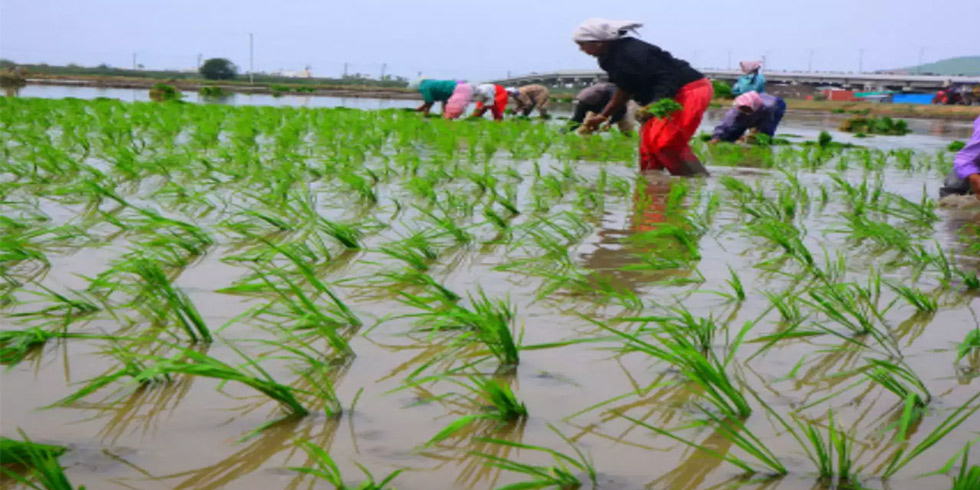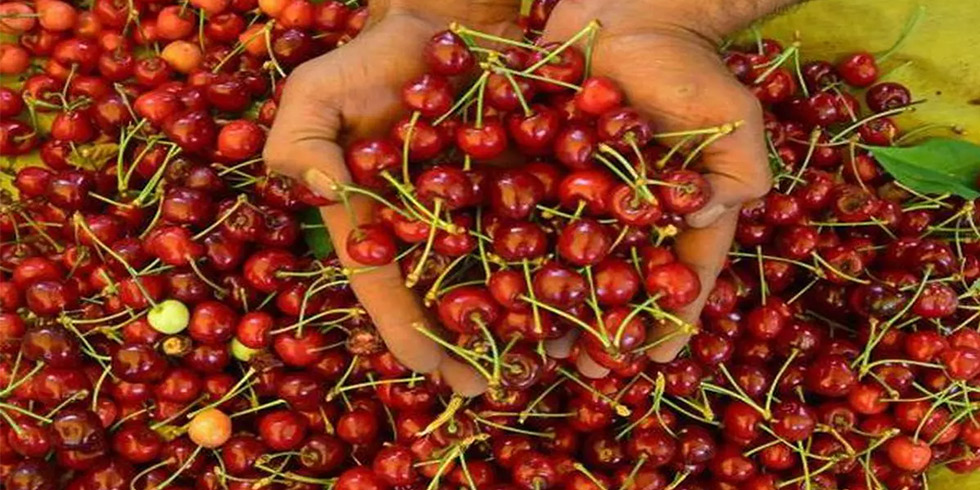Corona period has turned the youth of rural India towords agriculture. Meanwhile, the educated young generation is looking for ways to improve its efficiency in dealing with the problems in the agricultural sector, besides, it is also putting more emphasis on how the adoption of technology can bind agricultural efficiency in rural India.
India is one of the leading contributors to domestic and global agricultural production demand. India is the largest producer of milk in the world, the second-largest producer of fruits and vegetables, and the adoption of technology has helped to improve these figures in various ways. But still today Indian agriculture is not free from problems.
Conversion of agricultural land for alternative uses, the decline in the average size of agricultural holdings has reduced average landholdings, challenging the efficient application of traditional farming methods. Indian agriculture is highly dependent on monsoon rains and rising global temperatures have made agriculture more prone to extreme weather events.
Lack of marketing infrastructure, large storage gaps, cold chain limited connectivity have led to transportation and marketing challenges. The introduction of the latest technology has been limited due to various reasons such as lack of mechanization, access to credit, and low awareness.
Profiteering by middlemen is reducing the income of farmers, which is reducing the purchase of electricity for farmers to adopt new technology. Food processing efficiency is low in India, at 3 per cent compared to 30-70 per cent in developed countries, and the waste of agricultural produce is more than 40 per cent. These issues are emphasized in the adoption of technology in agriculture.
Examples of technology for remote sensing (via satellite), GIS, crop and soil health monitoring, and livestock and farm management are helping to improve agricultural efficiency. Seed quality enhancement: Quality can be enhanced with advanced techniques, high yielding seed varieties are produced by adopting seed management strategies.
Solar-powered water pumps use the abundant solar energy available. They provide an energy-efficient way. Reduce production costs and increase profits for the farmer. Per capita availability of fruits and vegetables is very low due to post-harvest losses, which is about 25 per cent to 30 per cent of production. However, the adoption of cold storage chain technology for perishable and other perishable agricultural commodities has greatly reduced waste and improved the benefits to farmers and consumers.
The ICT sector like e-Chaupal is an example of an efficient supply chain system that empowers the farmers with timely and relevant information so that they can get a better return on their investment. In areas like maintenance of land records, e-Governance is a big step towards eliminating malpractice and assuring proper ownership.
Aadhaar-linked bank accounts and government records provide access to monetary benefits by correct identification, which in turn solves the problem of access to credit. Direct farm for door connectivity through e-commerce and m-commerce platforms has facilitated a large number of artisans to reduce the share of intermediaries and get a fair price for their produce.
Providing tractors and other agricultural implements at reasonable rates in rural areas like small agri-based enterprises help in reducing the cost of production. Enabled agricultural equipment on the rental system through apps. Better access to information through Kisan Suvidha App and DD Kisan Channel helped in improving efficiency in agriculture.
GPS mapping, which helps the farmer in delivering the required items i.e. where he has to apply more or less fertilizer as per the requirement of the soil. GPS enabled services are also helping in the field of documentation about yield, humidity, etc. Although the adoption of technology has improved agricultural efficiency in the Indian agricultural sector, some areas still need attention.
According to FICCI’s “Knowledge Paper on Indian Agricultural Equipment”, the use of agricultural equipment in India is about 40-45 per cent. This is even less when countries like the US (95 per cent), Brazil (75 per cent), and China (57 per cent) are not ‘tractor-isolating’ and mechanizing the industry. According to the National Digital Literacy Mission, India Digital literacy among almost 90 per cent of the population is almost non-existent.
The adoption of technology has proved that it has the potential to improve agricultural efficiency by improving farmers ‘knowledge, access to credit, and agricultural production in several ways. Therefore, the adoption of technology can help agricultural products to reach the market from “local to global” in an efficient manner. The adoption of technology will also help in changing the image of Indian “farmer farmer” into “entrepreneurial farmer”.
A successful future development strategy requires ideas for agriculture. Digital technologies transforming Indian agriculture require continuous innovation and inclusion as an agribusiness enterprise. However, agricultural technologies are developing rapidly in India. Business models need to be designed. The path to successful commercialization and using it on a large scale needs to bring the right incentive and policy support technology.
Such everyday changes in the new agricultural sector create new challenges. Private sector agricultural investment is increasingly playing an important role, operations, and expertise will greatly benefit the agricultural public. Efforts in these areas need to be stepped up. Because of technical knowledge, infrastructure, and a strong distribution system, the R&D ecosystem contributes directly to agriculture.
Creating technical agricultural knowledge and focusing on creating new physical markets, improving them will be important to strengthen future-readiness. Storage and transportation facilities, building better roads, and ensuring uninterrupted power and water supply will accelerate government plans and expansion of agricultural
services.








Add Comment